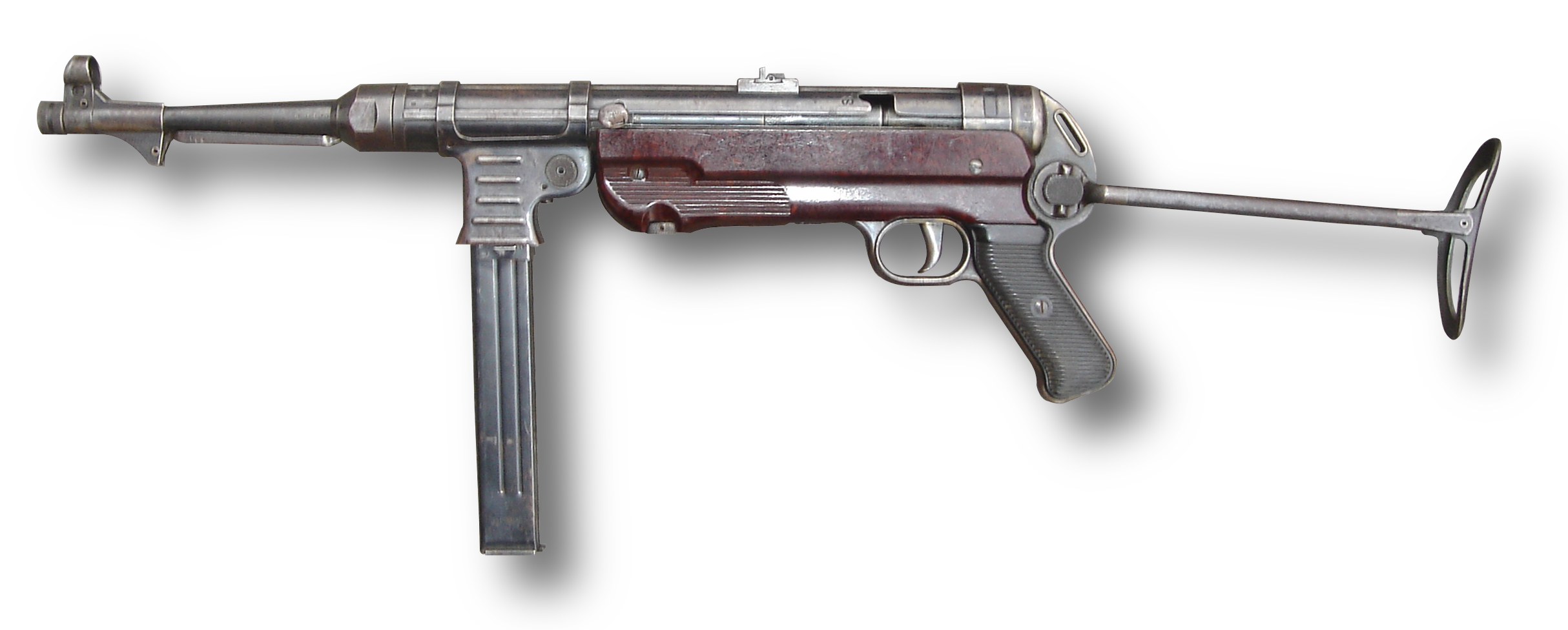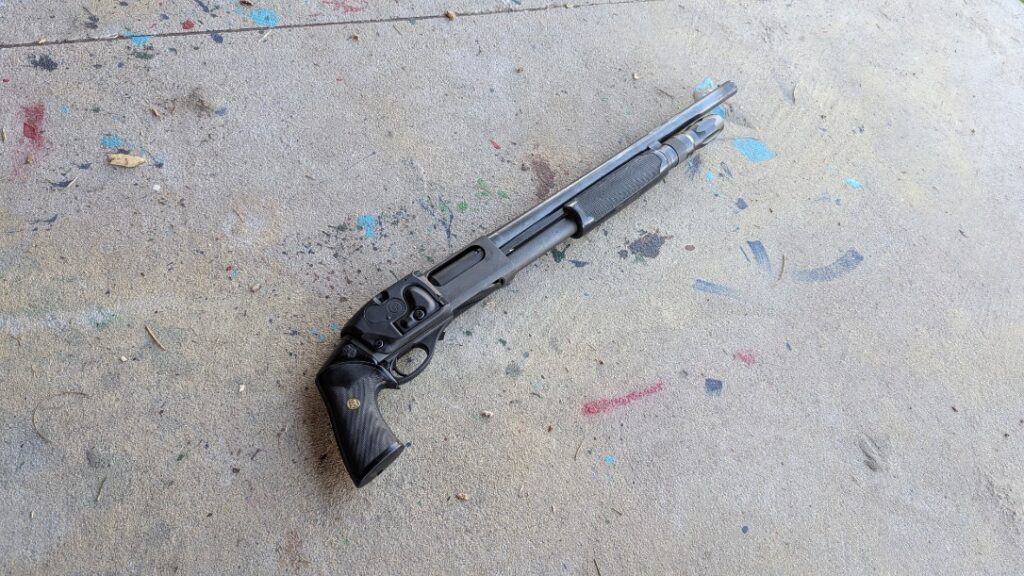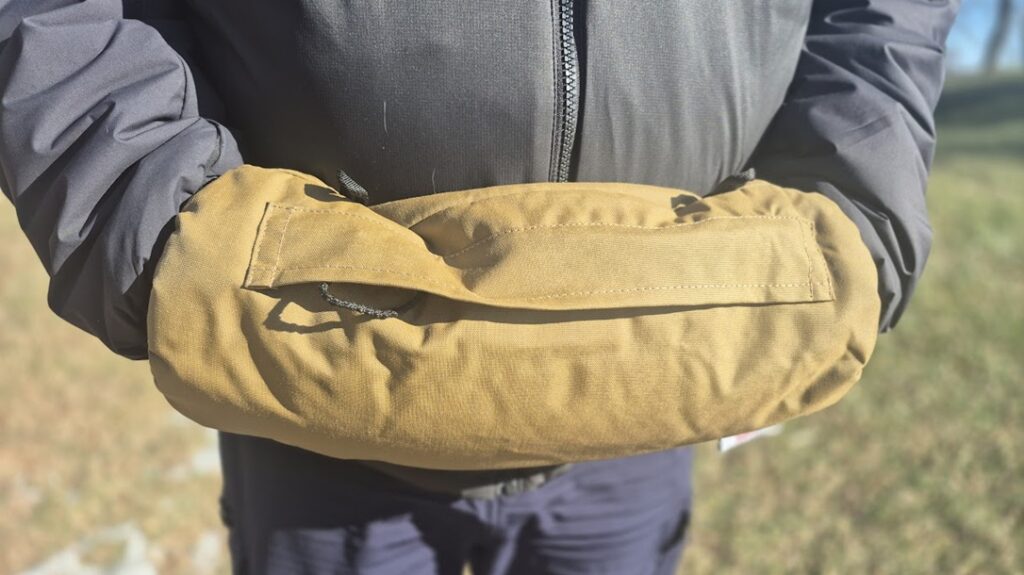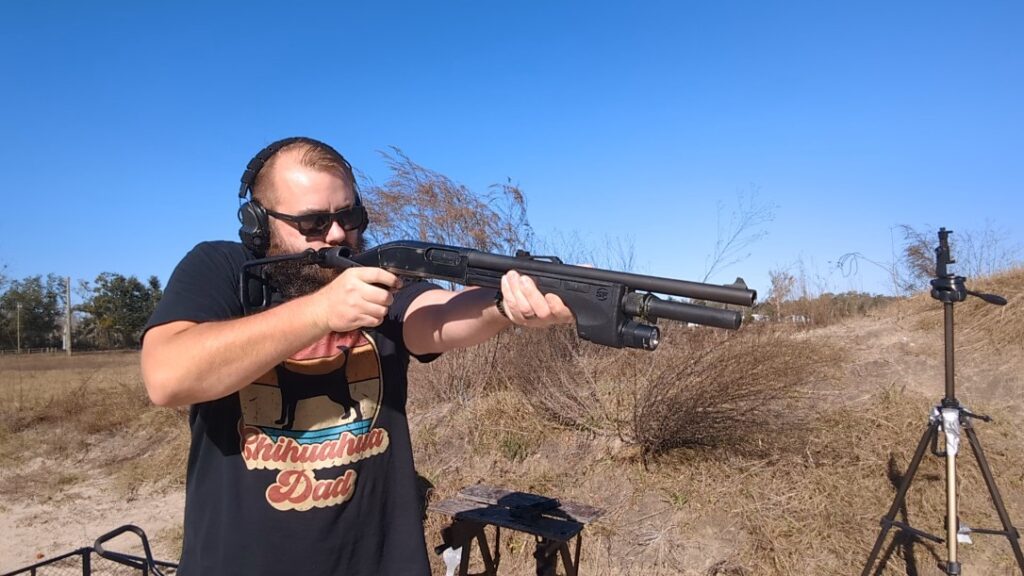You know how things come in threes? That happened to me recently, specifically regarding German SMG (submachine guns) from the World Wars. The World Wars were dominated by submachine guns, and World War II was the last major war in which submachines were fielded in massive numbers.
German SMG designers worked overtime to produce some very finely tuned weapons that remain some of the best options of the World Wars. With that in mind, these three bits of trivia wouldn’t make a whole lot of sense as a single article, but when combined, they form something just long enough to be worth reading.
The Father Of the German SMG Had a Famous Father
The MP40 was nicknamed the Schmeisser. The name comes from Hugo Schmeisser, who didn’t design the MP40 per se but designed the MP-18. There is a great debate about who made the first SMG. Both the Italians and the Germans lay claim. The MP-18 design was at least arguably the first German SMG. The MP-18 was a massive success, and the MP-40 and MP-38 were largely just reworked MP-18s, which is why they were called the Schmeisser.
Advertisement — Continue Reading Below

Automatic firearms ran in the Schmeisser blood. Hugo Shcmeisser’s father, Louis Shcmeisser, designed the Bergmann MG 15na machine gun. The MG 15na takes the cake as the first true man-portable machine gun. It was a belt-fed, bipod-mounted gun designed to be lighter and more maneuverable than the Maxim gun. This was no German SMG, but it was a first in its class for automatic firearms.
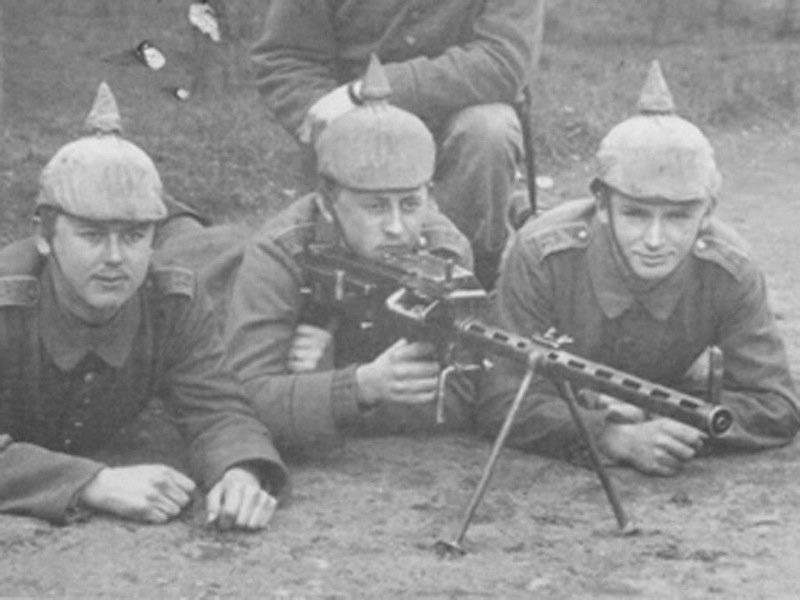
Advertisement — Continue Reading Below
Hugo Schmeisser was also the designer of the STG-44, another first, but this time in the realm of assault rifles. The Schmeisser family contributed vastly to firearms design and those designs persist to this day. They set the groundwork for modern firearms in a great many ways.
Why Did German SMG Mags Hold 32 Rounds
The MP-40 and MP-18 both used 32-round magazines. Why? Why 32? Why not 30? Why not 35? Why did they settle on 32 rounds? Well, the answer is very, very German. The pistol of the era was the P.08 Luger, which had eight-round magazines. Fast forward to WWII, and the Germans had the Walther P38, which also had an eight-round magazine.

Advertisement — Continue Reading Below
Germans issued their 9mm ammo in 16-round boxes, initially for the Luger and one spare magazine. To keep things logically consistent and simplified for the average German soldier, they made each German SMG mag capable of holding two boxes of ammo. It’s a very precise means of issuing ammo with no waste!
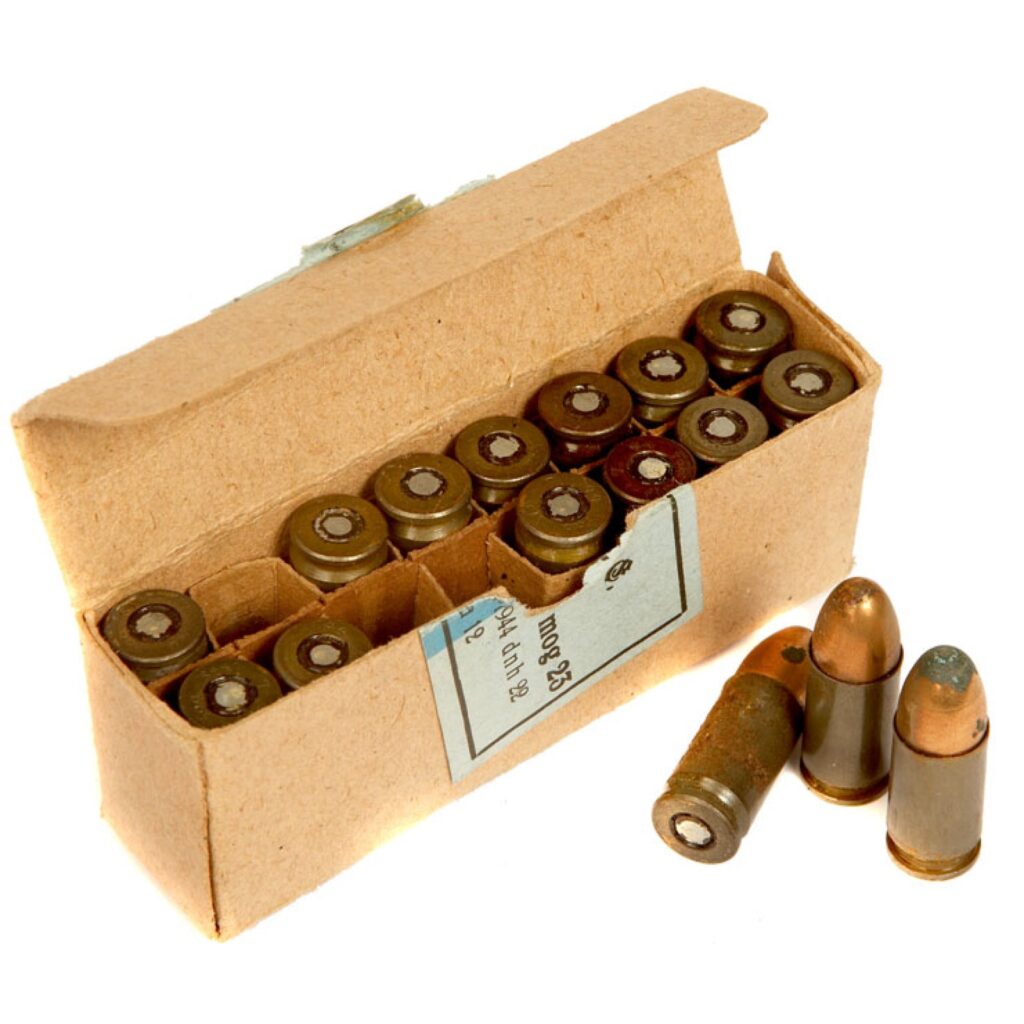
I kind of wish modern companies would take this mindset. I’d much rather buy 30-round boxes of .223/5.56 for ARs than deal with 20-round boxes. It just seems like it makes more sense to buy a full magazine’s worth of ammo.
Advertisement — Continue Reading Below
Why Did the MP-18 Use Side-Mounted Magazines
My research on why the Sten gun had a side-mounted magazine started this whole thing. By the time World War II came around, detachable magazines were placed at the bottom of the gun, but the Sten continued the tradition of side-mounted magazines started by the German MP-18. In researching the Sten, I had to go to the German SMG to figure out why this design was ever used.
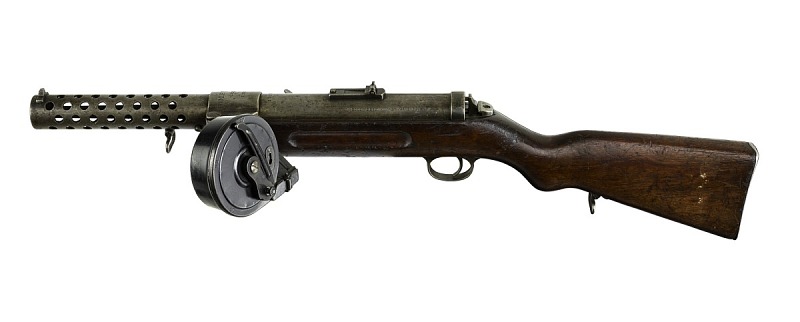
The truth was right there in front of me, and I felt dumb not being able to figure it out. The German MP-18 used side-mounted magazines because of how much of the war was in the trenches. This allowed soldiers to remain tight in the prone and reload their weapons while remaining in cover. Bottom-mounted magazines might have gotten in the way.
Advertisement — Continue Reading Below
It’s a simple answer, but I still don’t know why the British kept the side-mounted mag with the Sten gun design.
Weird German SMG Trivia
This might seem disjointed, but I know the dedicated group of gun nerds out there will appreciate some weird German SMG trivia. I’m sure there is more out there, and if you like articles like this, I’ll keep them up with other guns, genres, and designers.
